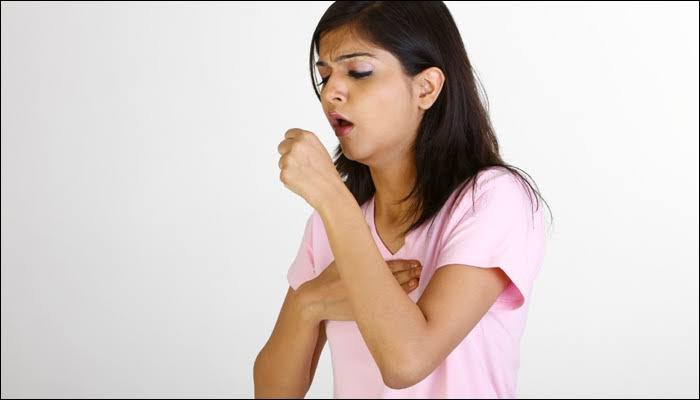A new assessment in the medical journal Lancet has found “consistent, strong evidence” that the SARS-CoV-2 virus, which causes COVID-19, is predominantly transmitted through the air.
The paper, written by six experts from the UK, the US and Canada, argues that there are “insufficient grounds for concluding that a pathogen is not airborne” while “the totality of scientific evidence indicates otherwise”. The experts called for urgent modification in the Covid-19 safety protocol.
The claim of the experts, if proven and accepted, could have massive implications on counter-Covid-19 strategy across the world. This may require the people to wear mask even inside their homes, and possibly at all times.
The current understanding is that SARS-CoV-2 spreads through smaller aerosols that stay suspended in air or through fomites, the surfaces where the virus gets deposited, and could be picked by a health person. Gravity pulls down heavier droplets reducing the chances of infection considerably.
But if an infectious virus is mainly airborne, an individual could potentially be infected when they inhale aerosols produced when an infected person exhales, speaks, shouts, sings, sneezes, or coughs, the experts said. This changes the way the world should fight coronavirus pandemic.
The Lancet (@TheLancet) Tweeted: “Ten streams of evidence collectively support the hypothesis that #SARS-CoV-2 is transmitted primarily by the airborne route.”
New Comment from @trishgreenhalgh, @kprather88, @jljcolorado, @zeynep, @dfisman, and Robert Schooley. #COVID19 https://t.co/2z8jLEcOPH https://twitter.com/TheLancet/status/1382973273458286593?s=20
Coronavirus is Airborne:
1. “Superspreading events account for substantial SARS-CoV-2 transmission; indeed, such events may be the pandemic’s primary drivers,” they said. Detailed analyses of human behaviours and interactions, room sizes, ventilation, and other variables, the authors said, are consistent with airborne spread of SARS-CoV-2 and the same cannot be adequately explained by droplets or fomites.
2. Long-range transmission of SARS-CoV-2 between people in adjacent rooms but never in each other’s presence has been documented in quarantine hotels, the paper said.
3. The experts argued that from 33 per cent to 59 per cent of all Covid-19 cases could be attributed to asymptomatic or presymptomatic transmission of SARS-CoV-2 from people who are not coughing or sneezing. They said this supported a predominantly airborne mode of transmission.
4. Transmission of SARS-CoV-2 is higher indoors than outdoors and is substantially reduced by indoor ventilation.
5. The paper said nosocomial infections (those that originate in a hospital) had been documented even at places where healthcare professionals used personal protective equipment (PPE) designed to protect against droplet but not aerosol exposure.
6. The experts said viable SARS-CoV-2 has been detected in the air. In laboratory experiments, SARS-CoV-2 stayed infectious in the air for up to 3 hours. They rejected the argument that SARS-CoV-2 was bit cultivated from air arguing that measles and tuberculosis, two primarily airborne diseases, had never been cultivated from room air.
7. SARS-CoV-2 has been identified in air filters and building ducts in hospitals with COVID-19 patients; such locations could be reached only by aerosols, they said.
8. The experts cited studies involving infected caged animals that showed transmission of SARS-CoV-2 via an air duct.
9. Another argument of the experts was that no study to our knowledge provided strong or consistent evidence to refute the hypothesis of airborne SARS-CoV-2 transmission.
10. 10. Their final argument was that there was limited evidence to support other dominant routes of transmission- i.e. respiratory droplet or fomite.
11. The claim of the experts, if proven and accepted, could have massive implications on counter-Covid-19 strategy across the world. This may require the people to wear mask even inside their homes, and possibly at all times.

